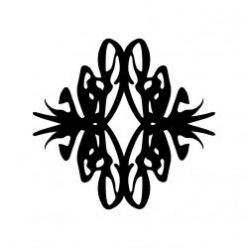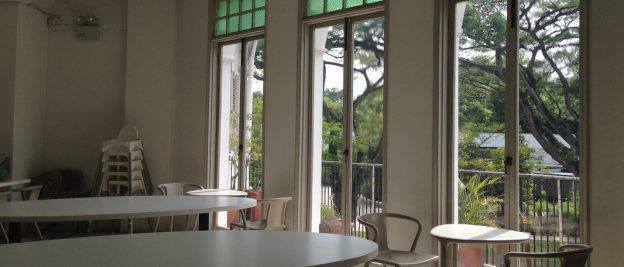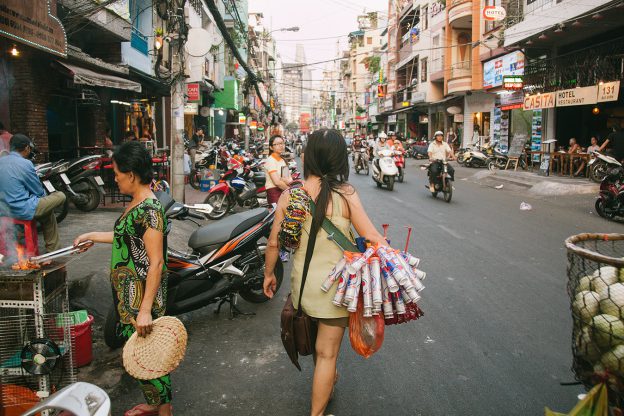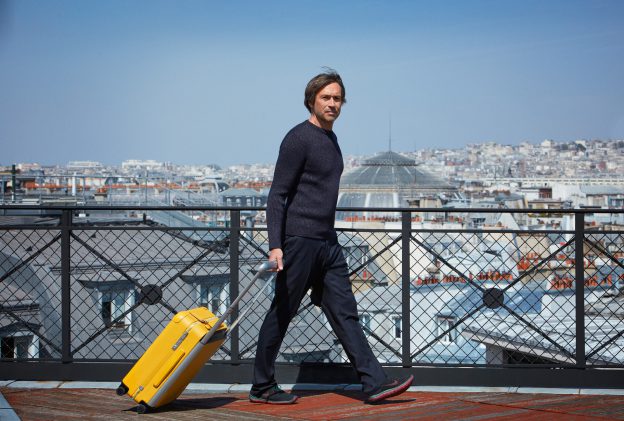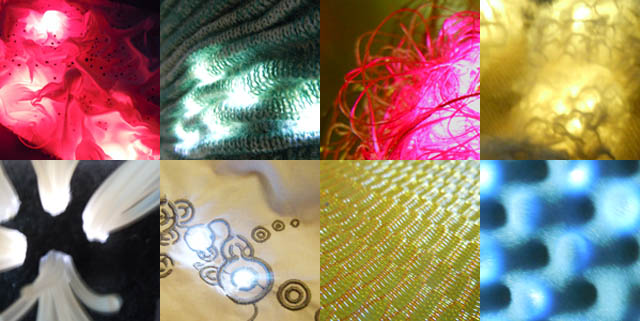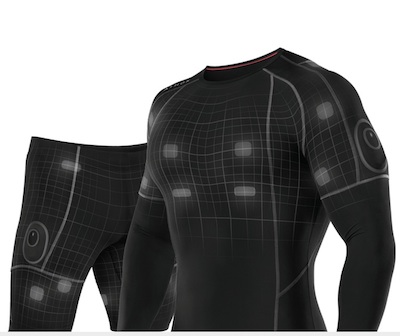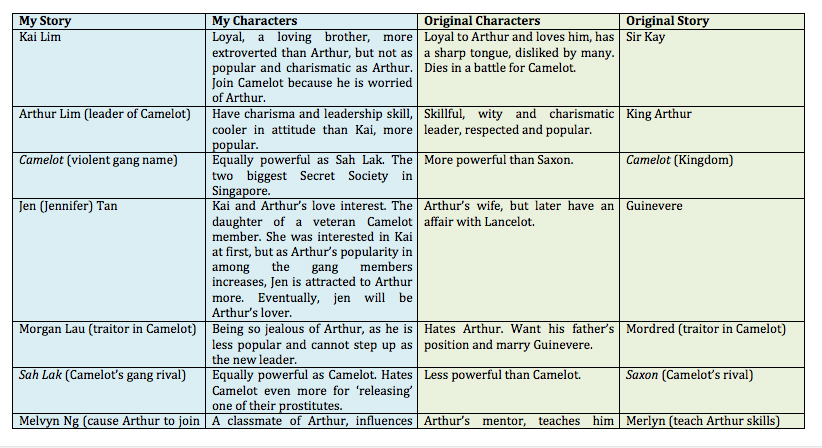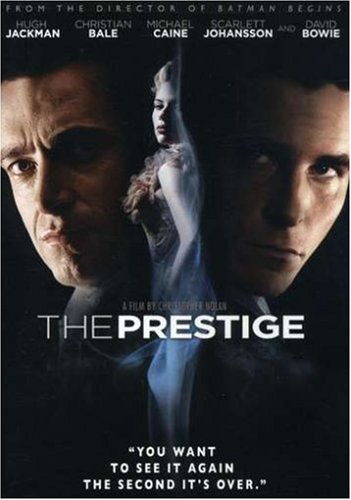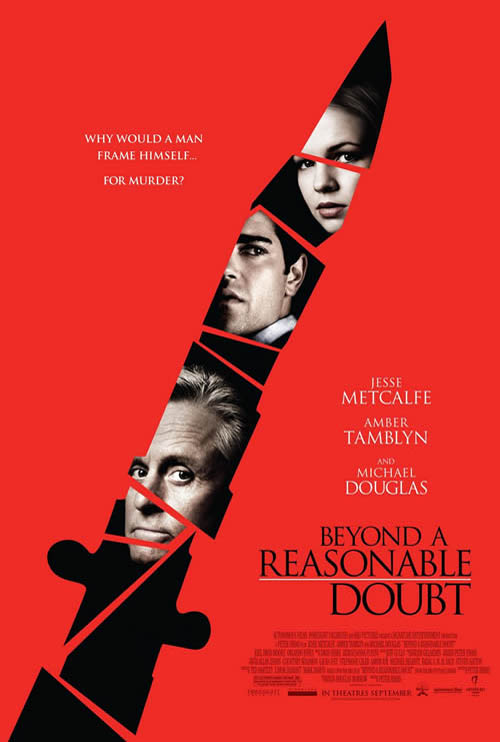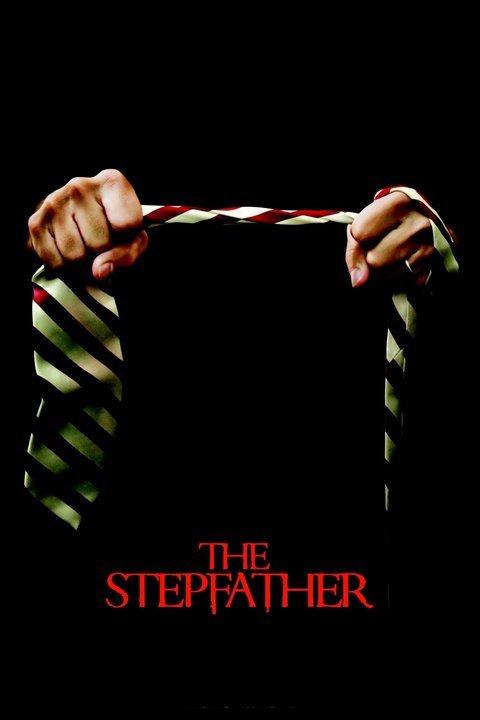Day 1 – Sunday, 26 February 2017 (with gadgets)
- 630am. Woke up with the phone’s alarm.
- 700am. Showered, checked phone.
- 730am. Going to church by bus and MRT. Using phone to chat with my mom and friends, to browse random stuffs on google, to check time.
- 730 to 830am. In the bus & MRT, listening to the music in the phone.
- 830 to 1100am. During church, I was checking my whatsapp and Instagram for several times so I wouldn’t get bored. I took note of the sermon using my phone too. After church, I uploaded a picture to my Instagram.
- 1100am to 100pm. Strolling around Star Vista and Jurong Point, and chatting in Whatsapp at some points of time. I checked emails and made an online purchase. While shopping at Watson, I checked the online price of a product before deciding to buy it from Watson.
- 100 to 200pm. On my way back to the bus: listening to the music and chatting.
- 200 to 230pm. Lunch at Hall Canteen without using phone.
- 230 to 450pm. In my room, I was checking Instagram and whatsapp, editting a photograph on my laptop. I was listening to youtube all afternoon, and watching videos sometimes. I uploaded a blog post on Tumblr.
- 450 to 600pm. Home cardio exercising while turning on the music from youtube and I used my phone’s timer to set time limit.
- 600 to 630pm. Resting after exercise while chatting with a foreign friend on Instagram. I used Google translate in order to talk to him.
- 700 to 730pm. I was preparing dinner while checking on my phone some times.
- 730 to 10pm. I was browsing instagram, watching a live runway show by Dolce Gabanna, while listening to music on youtube with my laptop. I was watching a makeup tutorial video, checking on my email.
- 1000 to 1100pm. Writing this Day 1 report on my laptop and reading the reading material.
- 1100pm to midnight. Answering some chats and was ready to sleep.
